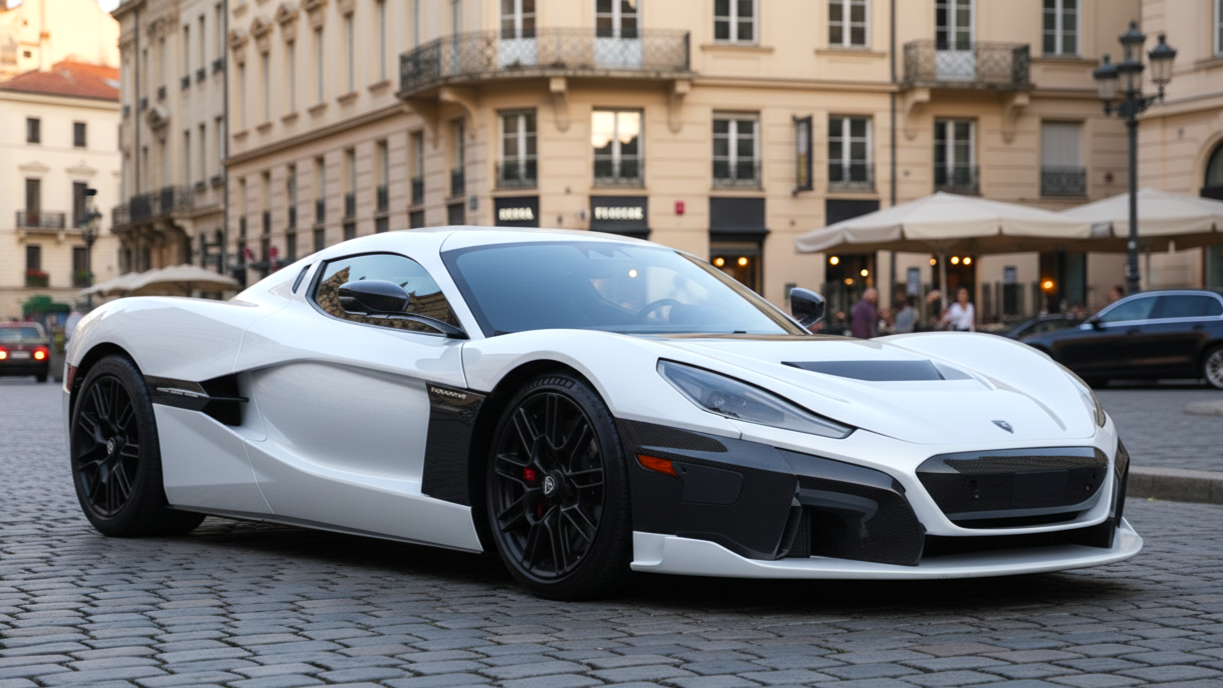A Silent Revolution: The Fastest Electric Cars of 2024–2025
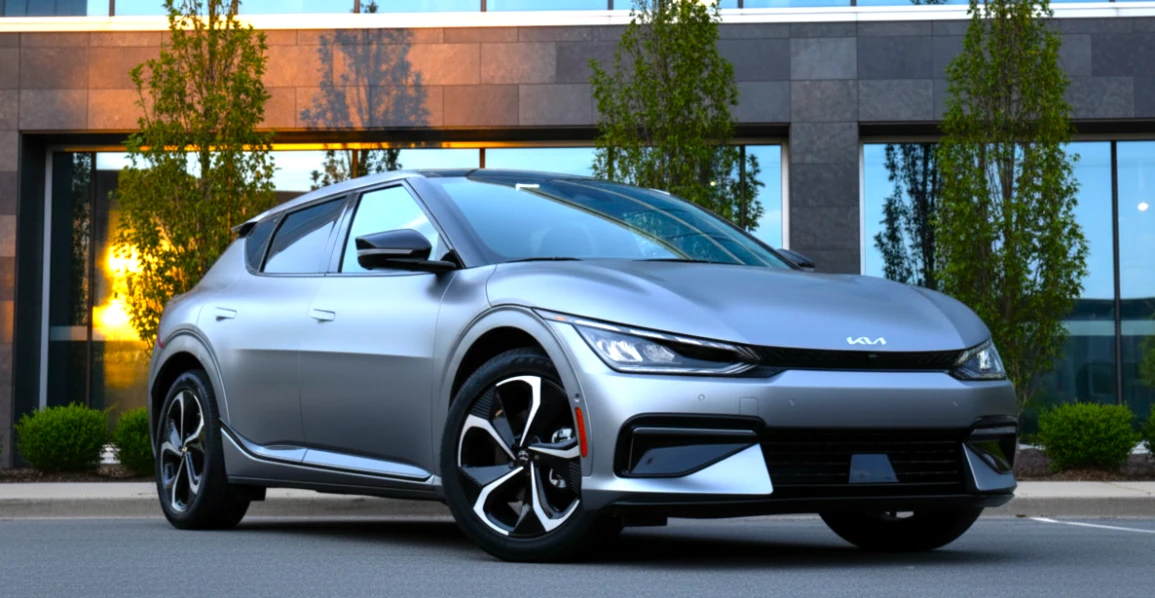
For decades, speed was associated with the deafening roar of large-displacement engines, the smell of gasoline, and vibrations that coursed through the chassis. Supercars were mighty mechanical machines whose power could be heard long before they appeared.
Today, however, the rules of the game have changed. A new era of speed has arrived in near total silence, accompanied only by the faint hum of electricity. Modern electric cars accelerate faster than most gasoline-powered hypercars, changing the very definition of performance.
Electric cars are no longer just "eco-friendly" transportation. They have become the pinnacle of engineering, where advanced battery technology, electric motors, and software create acceleration that seemed like science fiction only a short time ago.
Now, let's take a closer look at the fastest electric car models in the world, uncover the secrets of their incredible performance, and peer into a future where speed will be entirely electric. So, let's begin!
Why Are Electric Cars So Fast?
The phenomenal acceleration of electric vehicles isn't magic; it's the result of fundamental laws of physics and engineering. Unlike an internal combustion engine (ICE), which needs time to rev up to its peak power, an electric motor delivers 100% of its torque instantly, from zero RPM. The moment you press the pedal, all of that colossal thrust is immediately transferred to the wheels.
Now, let's list the three factors that define an electric car's acceleration:
- Instant Torque. There's no need to wait for the engine to reach its "power band." An electric motor is effective at any RPM.
- No Gearbox. Most electric cars do not have a multi-speed transmission. Power is sent directly to the wheels through a simple reduction gear, with no pauses for shifting that inevitably steal precious fractions of a second.
- Low Center of Gravity. The heavy battery pack is located in the floor of the car, as low as possible. This design provides ideal weight distribution and phenomenal stability, allowing the immense power to be deployed without wheelspin.
These three factors together provide a clear answer to the question of how fast are electric cars in reality.
The Top 10 Fastest Electric Cars of 2024-2025
The race for acceleration records in the world of electric cars is relentless. Manufacturers are competing for every hundredth of a second. Here is a list of production cars that are setting the standards for speed today, sorted by their real-world 0-100 km/h (0-62 mph) times. Here is the list of acceleration leaders:
Rimac Nevera
This Croatian hypercar is the current record-holder and an engineering masterpiece. Four independent electric motors with a total output of 1,914 hp launch it from 0 to 100 km/h in 1.81 seconds. Its top speed is 412 km/h (256 mph). The Nevera is a demonstration of the ultimate capabilities of modern electric technology.
Pininfarina Battista
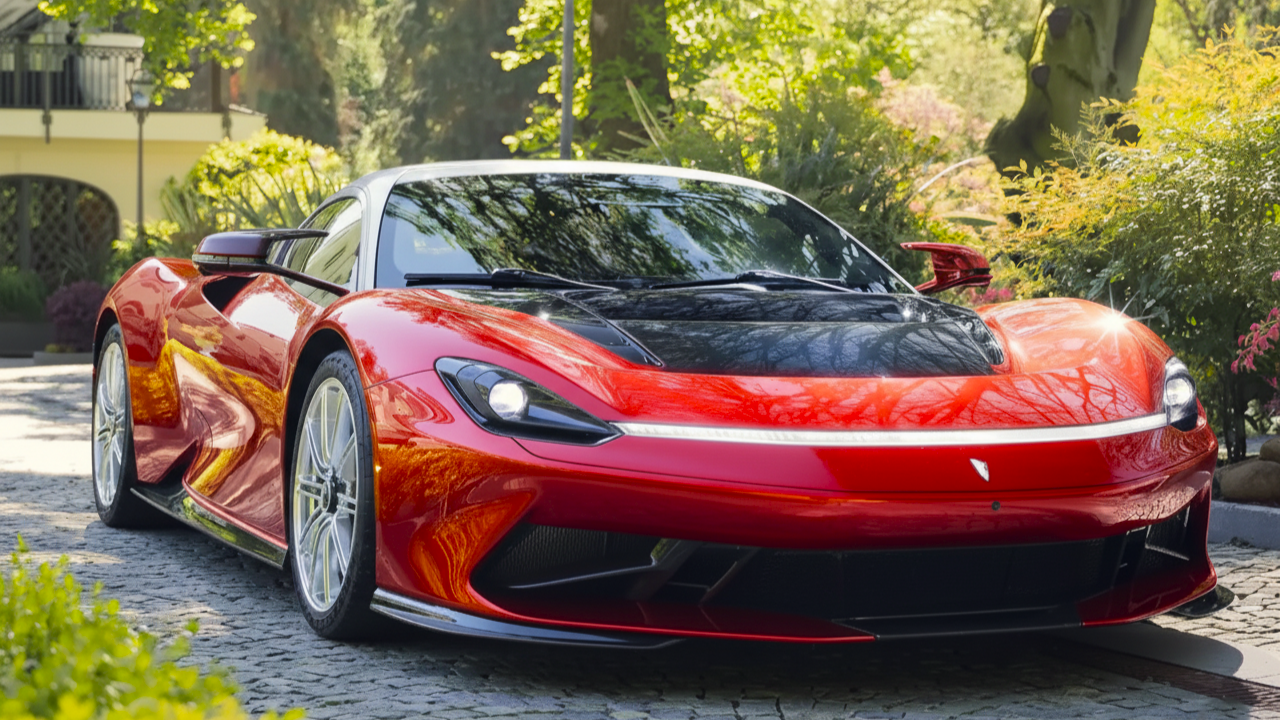
The technological twin of the Rimac Nevera, cloaked in exquisite Italian design. The powertrain is identical, delivering a 0-100 km/h time of 1.86 seconds, but with an emphasis on exclusivity and luxury. Its top speed is stated at 350 km/h (217 mph).
Lucid Air Sapphire
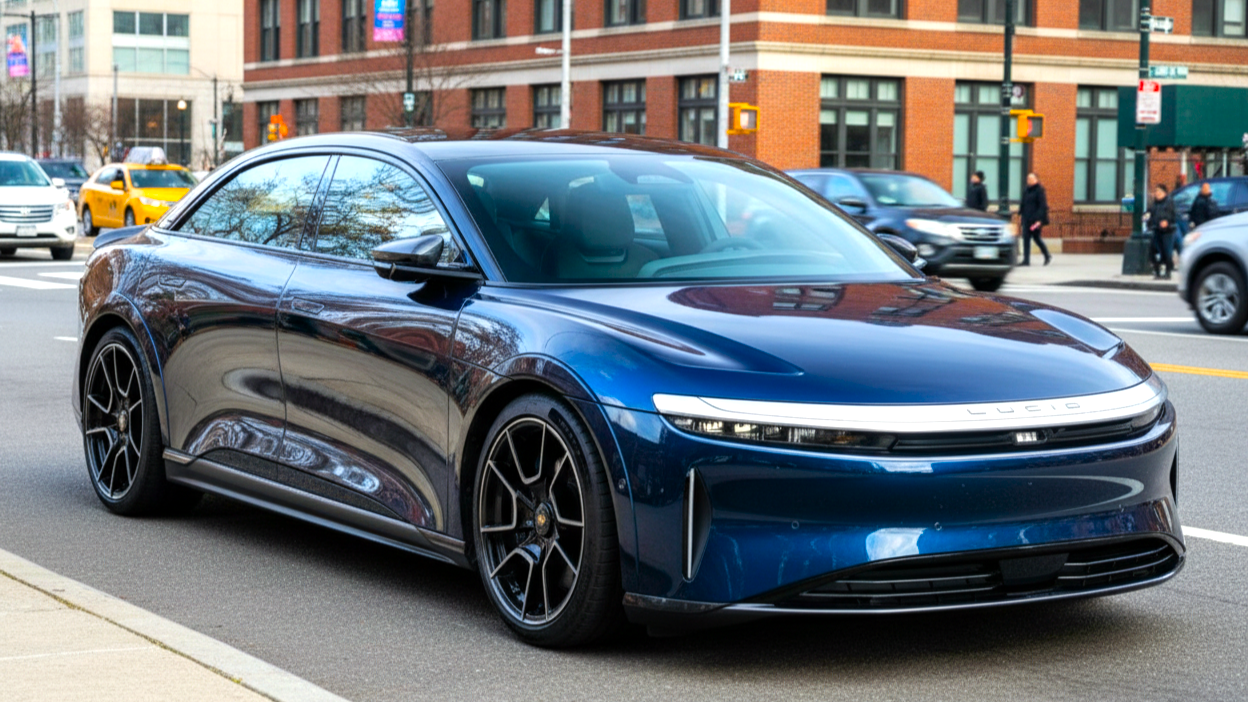
A luxury sedan that has challenged Tesla. Its tri-motor setup produces 1,234 hp, allowing it to hit 60 mph (96.5 km/h) in 1.89 seconds. The top speed is 330 km/h (205 mph). The Sapphire proves that a family car can have the performance of a hypercar.
Tesla Model S Plaid
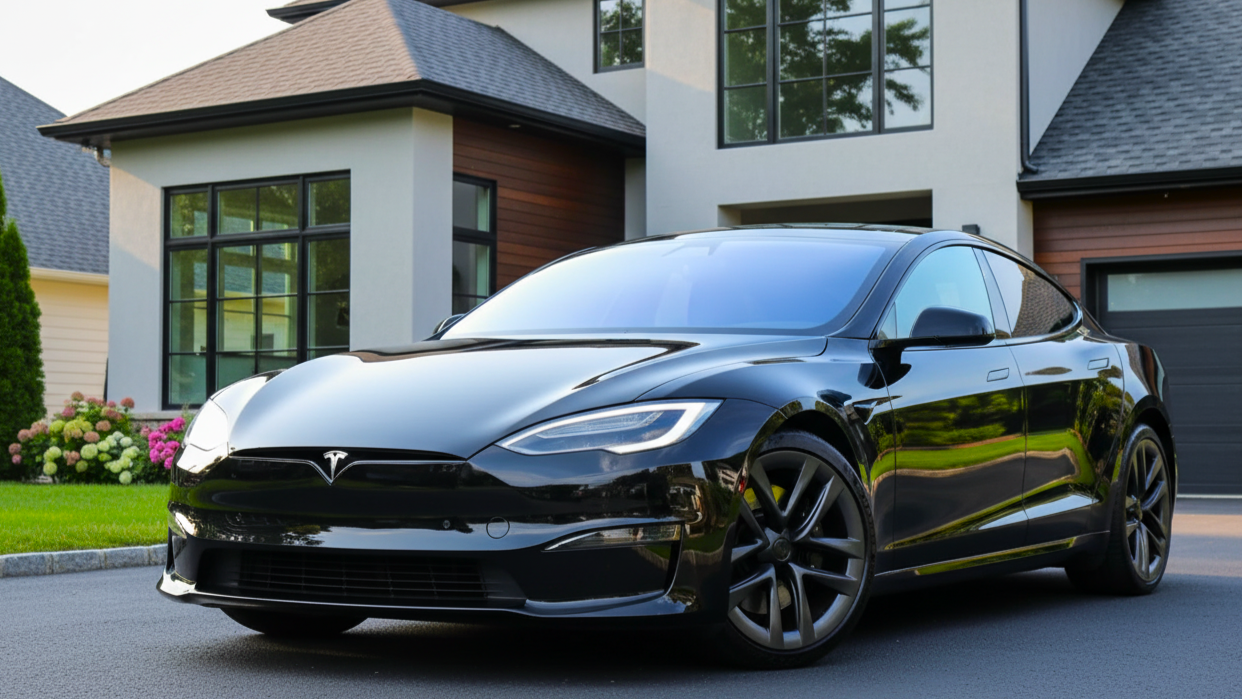
The car that made extreme acceleration mainstream. Three motors with a combined 1,020 hp provide a real-world 0-100 km/h time of 2.1 seconds. Its top speed is 322 km/h (200 mph) (with the proper tires and software).
Porsche Taycan Turbo GT
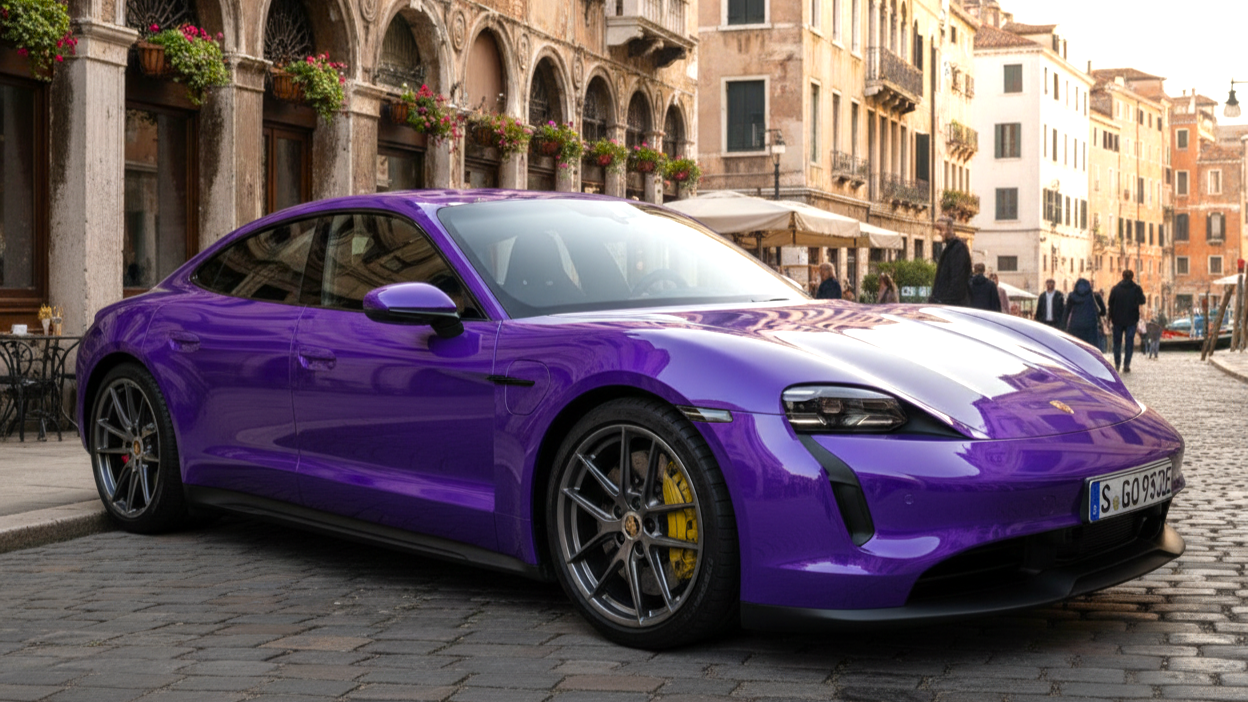
The answer from Porsche's engineers. In its Weissach package version, this sedan develops up to 1,108 hp and reaches 100 km/h in 2.2 seconds. The top speed is 305 km/h (190 mph). The Taycan remains the benchmark for handling.
Tesla Model X Plaid
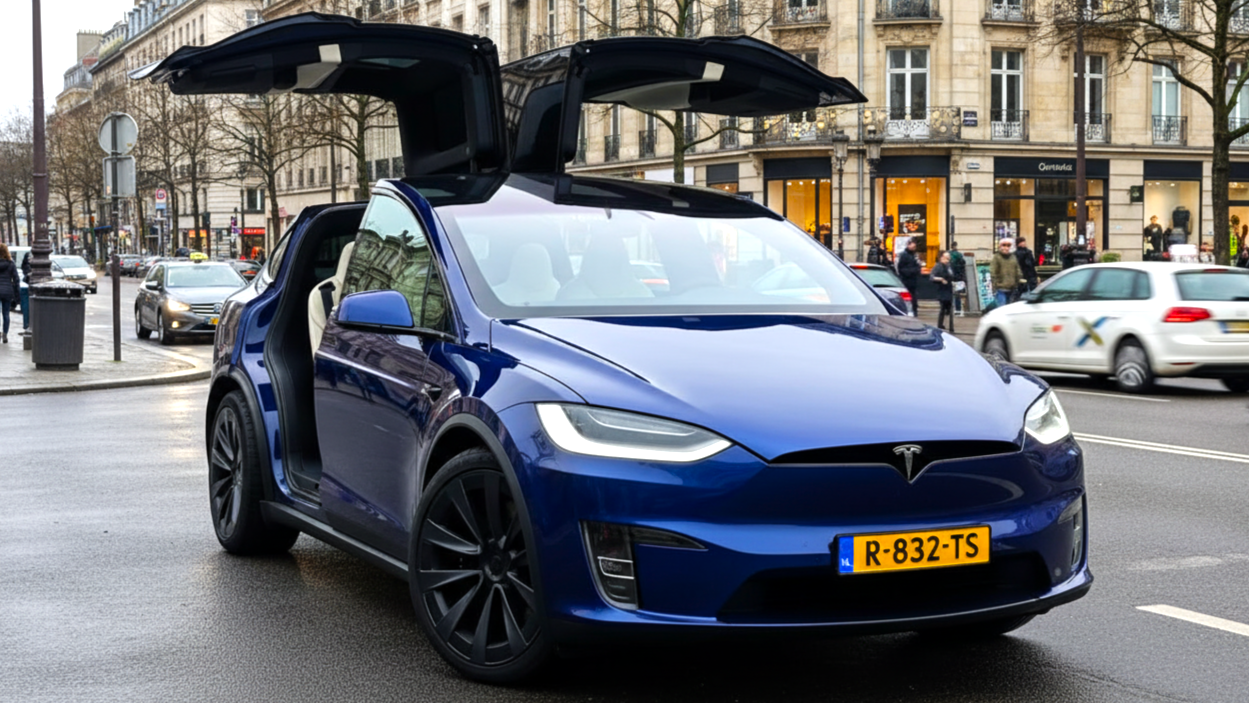
The world's quickest production SUV. The shared powertrain with the Model S Plaid allows it to accelerate from 0 to 100 km/h in 2.6 seconds. Its top speed is limited to 262 km/h (163 mph).
Lotus Evija
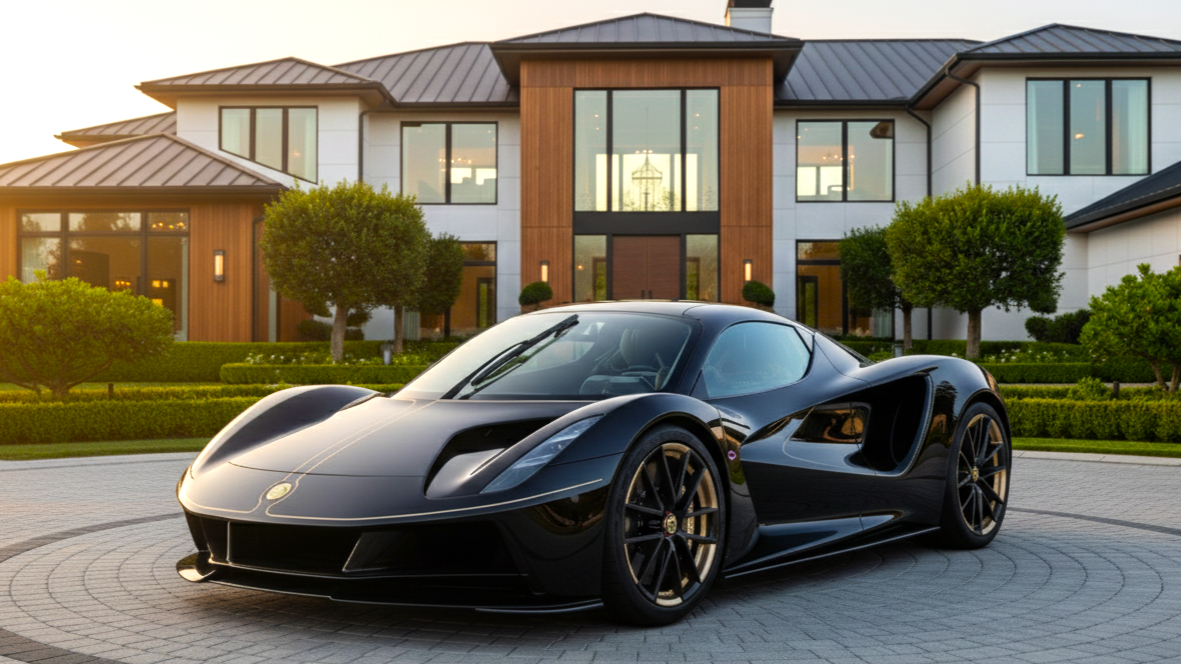
A British hypercar with a claimed output of over 2,000 hp. The manufacturer states a 0-100 km/h time of under 3 seconds and an electronically limited top speed of 350 km/h (217 mph).
Audi RS e-tron GT
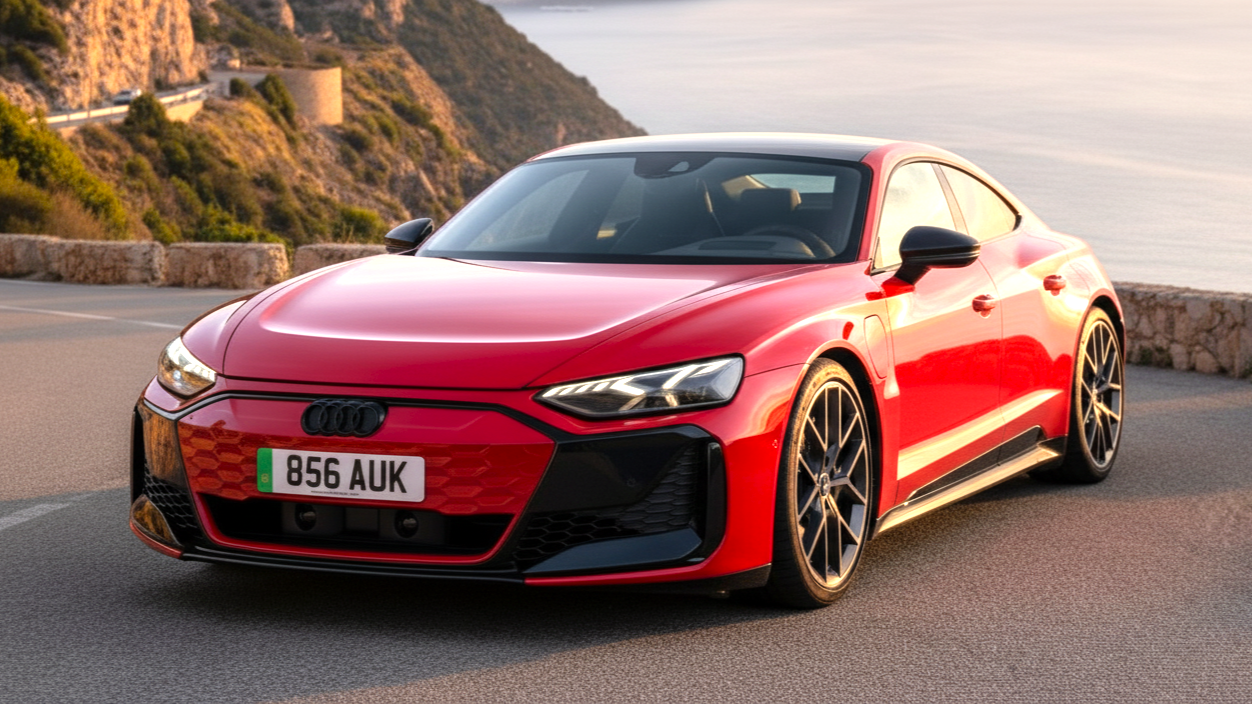
A platform sibling to the Porsche Taycan. In its top RS version, its two motors produce up to 646 hp, enabling a 0-100 km/h sprint in 3.3 seconds. Its top speed is limited to 250 km/h (155 mph).
Hyundai Ioniq 5 N
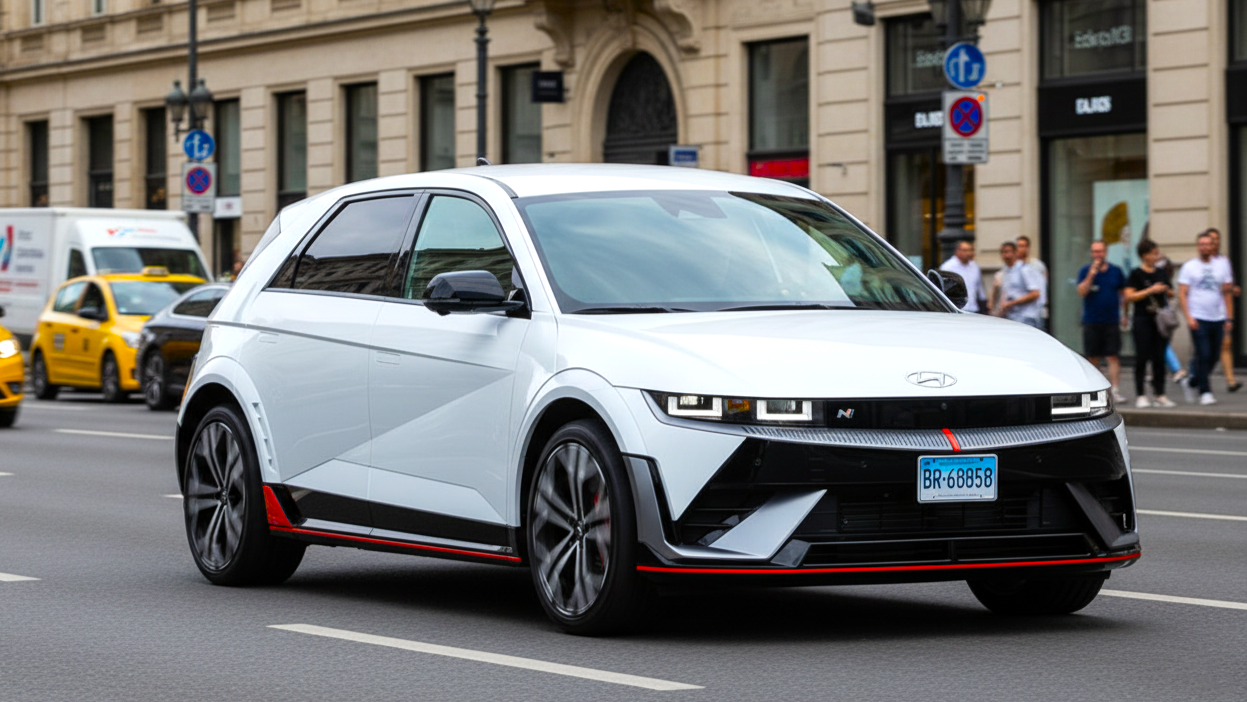
A Korean "hot hatchback" built for driving pleasure. In N Grin Boost mode, its power reaches 650 hp, delivering a sprint to 100 km/h in 3.4 seconds. The top speed is 260 km/h (162 mph).
Kia EV6 GT
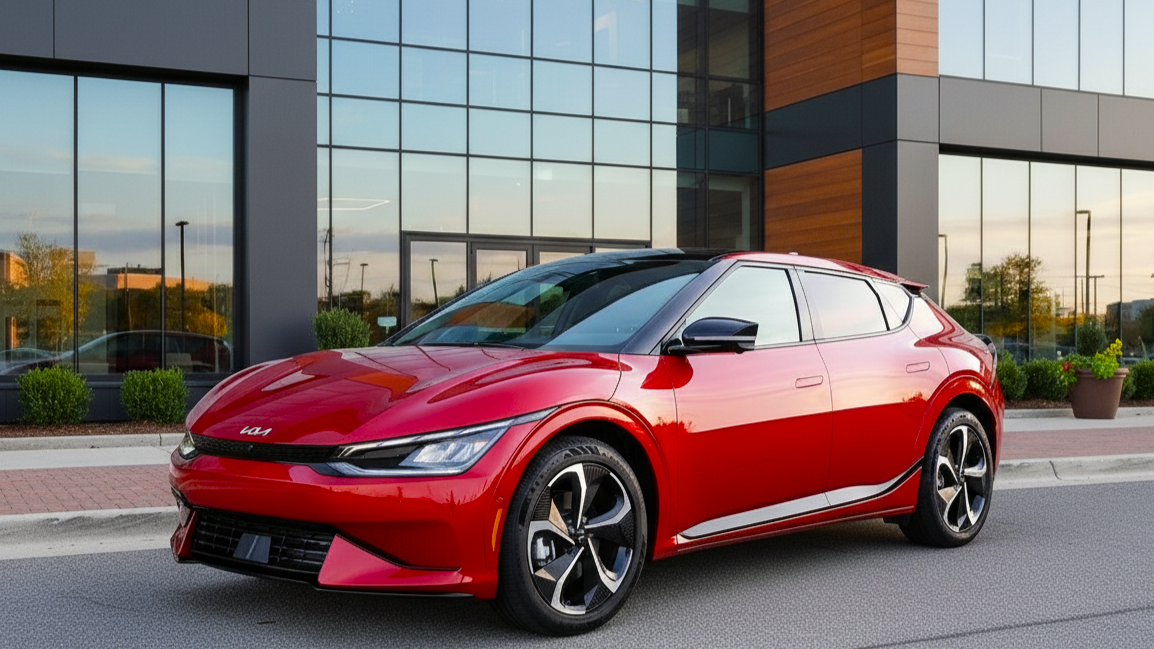
Another representative of the Korean school of engineering. This 585 hp crossover reaches 100 km/h in 3.5 seconds, with a top speed of 260 km/h (162 mph).
If you are wondering what is the fastest electric car, we can confidently say that, as of today, that title belongs to the Rimac Nevera.
Electric vs. Gasoline Supercars: A Changing of the Guard
A comparison of the performance of modern electric cars and traditional ICE supercars shows a clear paradigm shift. In the discipline of standing-start acceleration, electric vehicles have surged far ahead. Even a family sedan like the Tesla Model S Plaid leaves monsters like the Bugatti Chiron or Lamborghini Aventador behind.
However, in the "top speed" category, gasoline-powered hypercars still hold the lead. Record-holders like the Bugatti Chiron Super Sport 300+ or the Koenigsegg Jesko Absolut are capable of exceeding 480 km/h (300 mph), whereas the limit for most electric cars is 350-400 km/h (217-250 mph). The reason is that at ultra-high speeds, an enormous amount of energy is required, and the battery depletes catastrophically fast.
Performance Comparison Table
Metric | Top Electric Cars | Top Gasoline Hypercars |
0–100 km/h (0-62 mph) | 1.8 – 2.5 seconds | 2.4 – 2.8 seconds |
Top Speed | 320 – 412 km/h | 400 – 490+ km/h |
Range (Normal Driving) | 400 – 800 km | 400 – 500 km |
Range (On Track) | Sharply decreases | Sharply decreases |
The Technology Behind the Speed
To handle such colossal power, engineers use the most advanced materials and technologies. The bodies of hypercars like the Rimac Nevera or Pininfarina Battista are made from carbon fiber—a strong and ultra-lightweight material. Active aerodynamics with movable wings and flaps alter the downforce depending on speed and driving mode.
A key element is the torque vectoring system. Four independent motors allow the computer to control the torque at each wheel individually with millisecond precision. This system provides phenomenal traction off the line and incredible agility in corners. Equally important are the innovative battery cooling systems, which prevent them from overheating under extreme loads.
Speed and a Sustainable Future
Electric hypercars prove that extreme performance can be environmentally friendly. Speed records are now being set without harmful emissions. Many companies, such as Rimac and Lotus, are actively working on the concept of "sustainable performance," using recycled materials and "green" energy in their production facilities. Analysts predict that by 2030, nearly all of the fastest ev cars in the world will be fully electric.
What's Next: The Future of Fast EVs
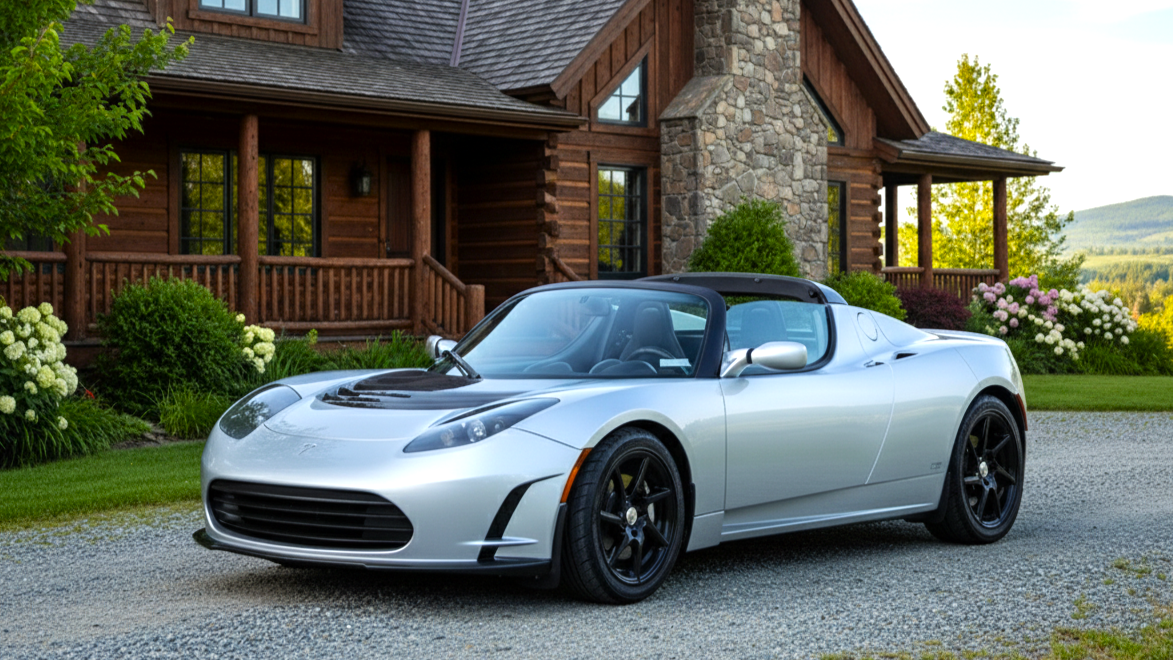
The race for the title of the fastest electric car is just beginning. Models that promise new records have already been announced. The second-generation Tesla Roadster, according to Elon Musk, will be able to accelerate to 60 mph in under 1 second with an optional SpaceX package. The revived DeLorean, in the form of the Alpha5 model, and future hypercars from Lotus also promise phenomenal performance. Engineers are working on solid-state batteries and more efficient electric motors, which will not only improve acceleration but also increase top speeds.
A Silent Revolution in Speed
Electric cars have proven that you don't need a deafening roar for mind-blowing speed—you just need cutting-edge technology. Silent, instant, and almost frightening acceleration has become the new norm in the world of high performance. Electric hypercars are no longer a futuristic concept but a reality available on the road.
In answering the question of who holds the title of the fastest electric car 0 to 60, we see how technology is pushing the boundaries of what is possible. And this race is only just getting started. Want to learn more about electric cars? Check out our article "Electric Car Myths: Everything You Need to Know".
